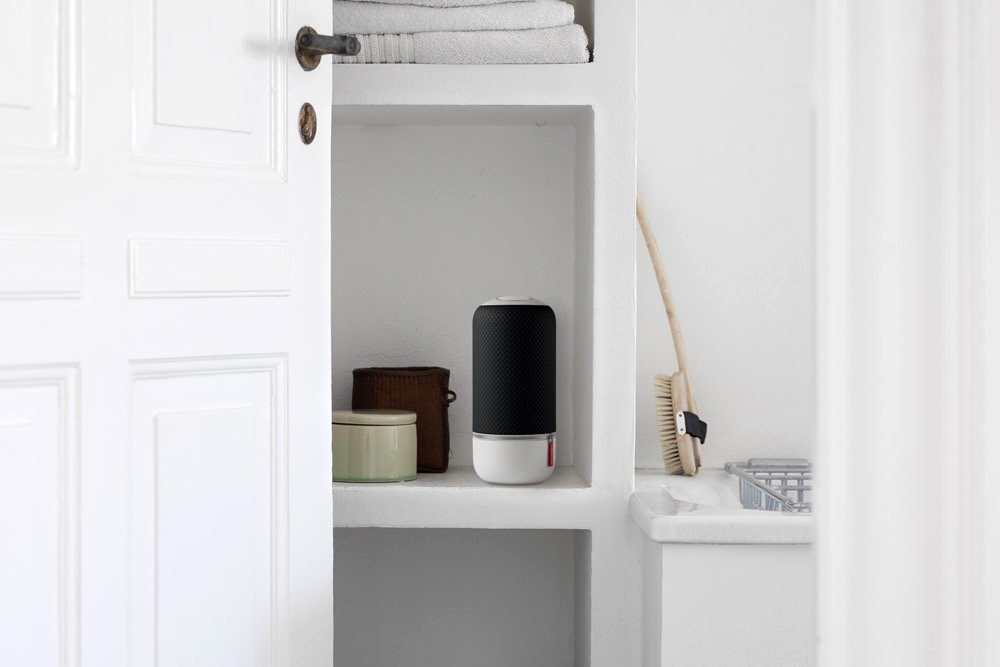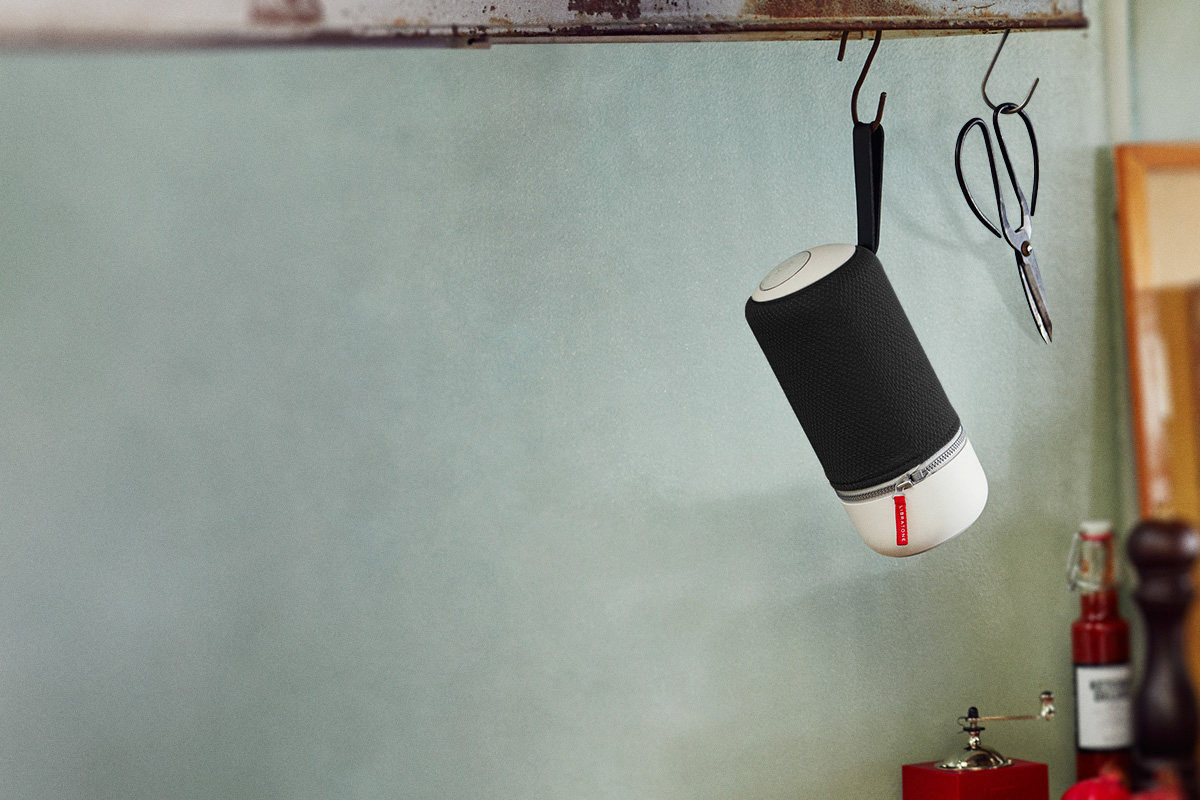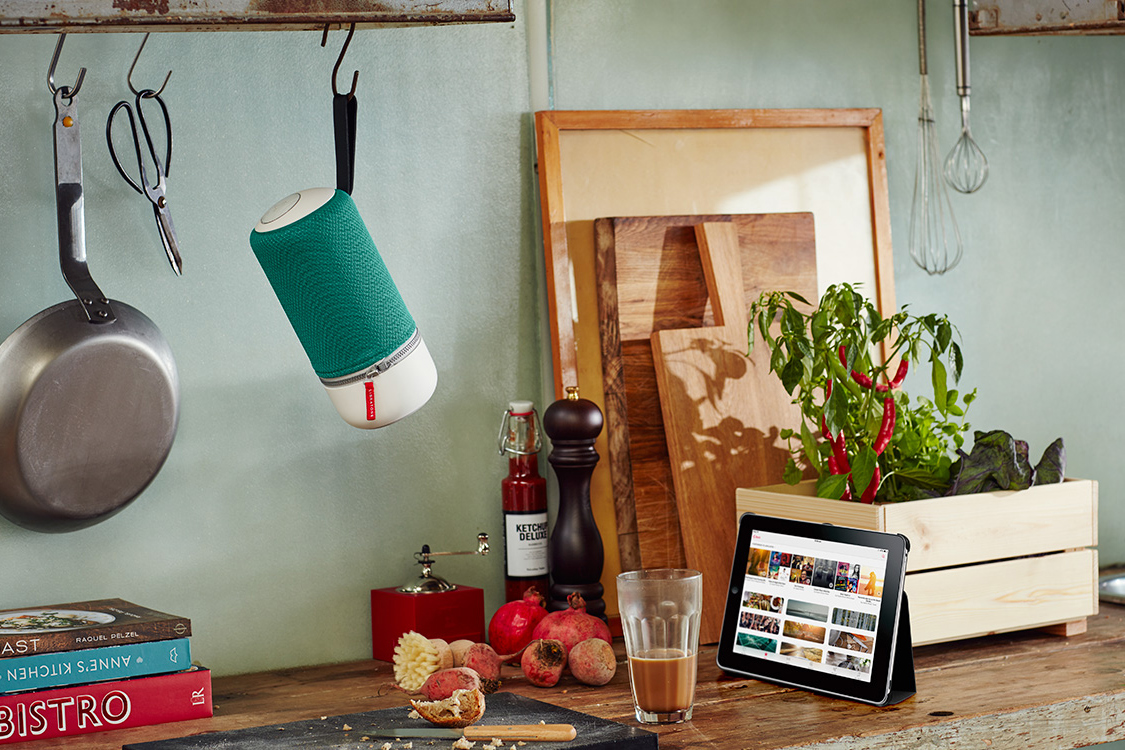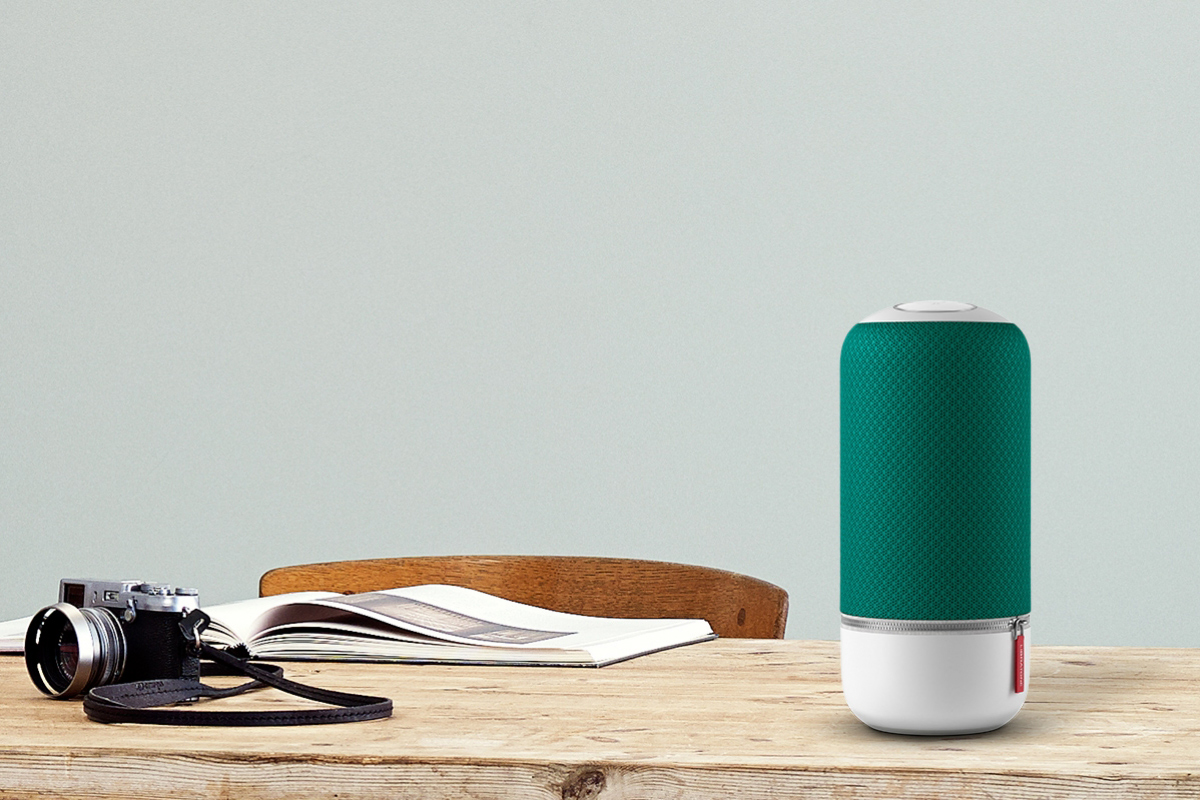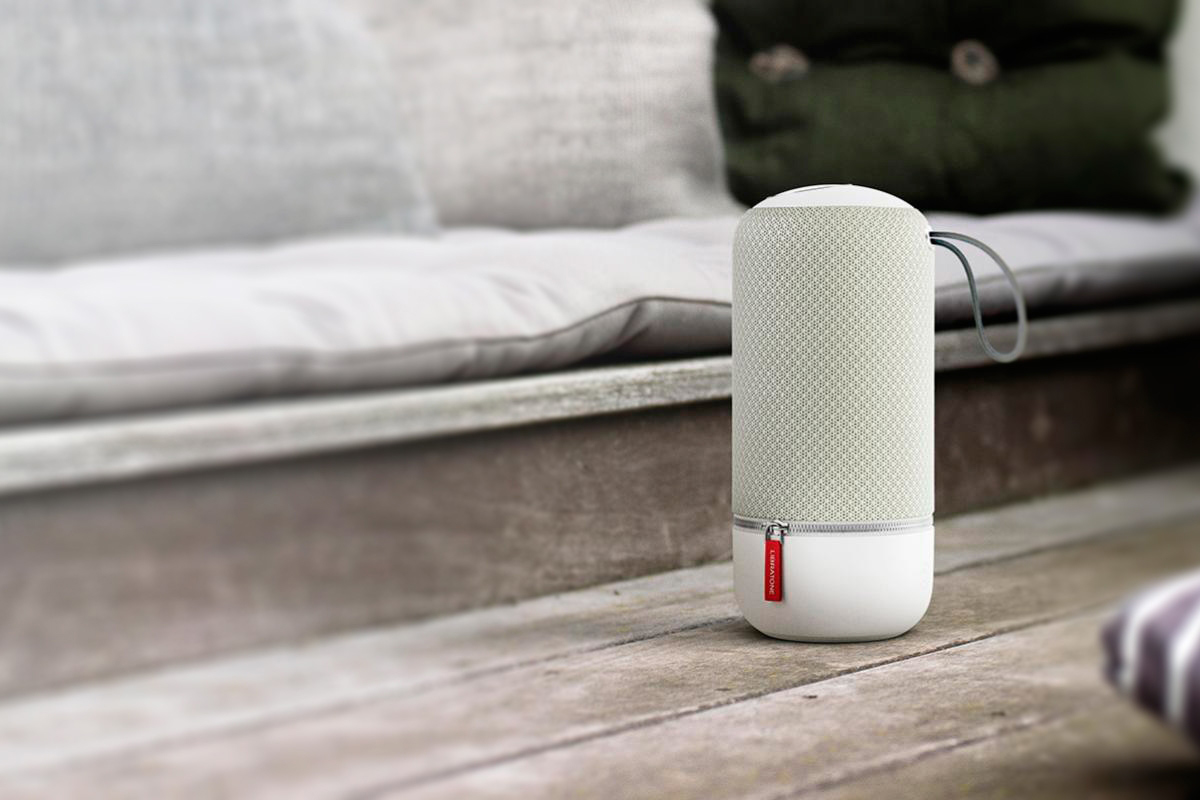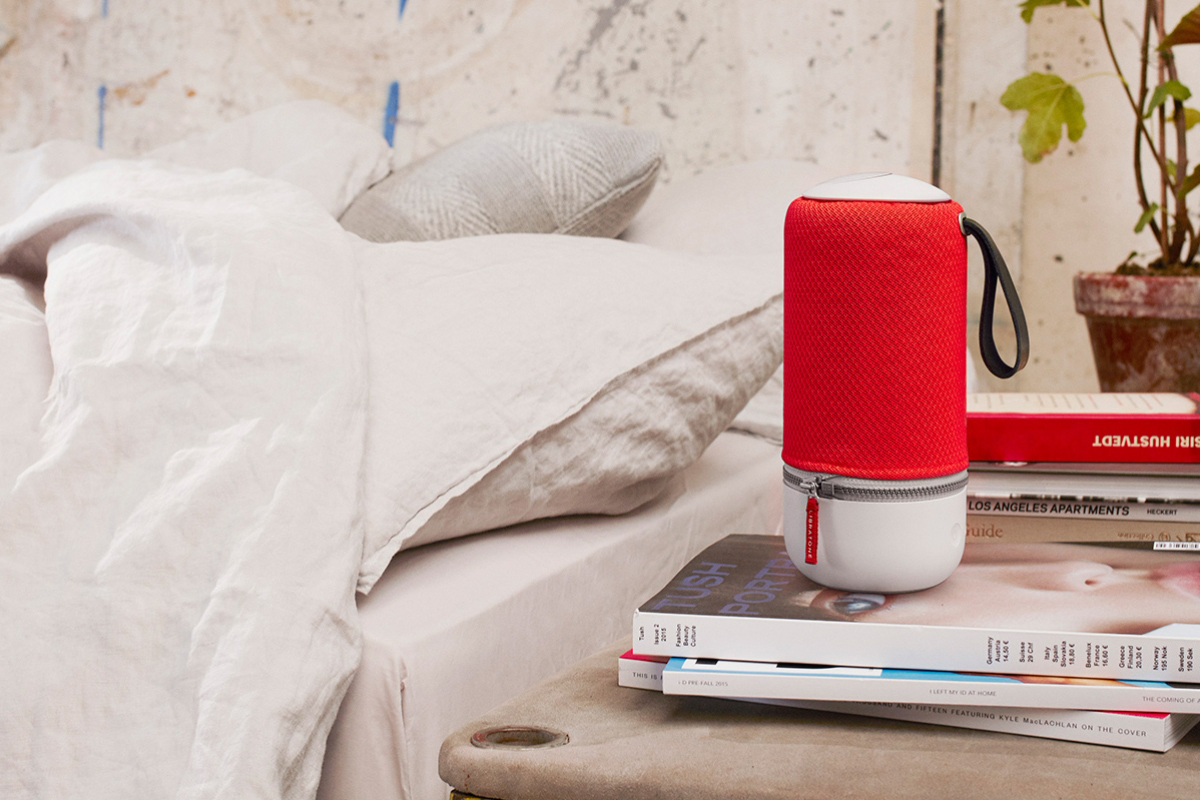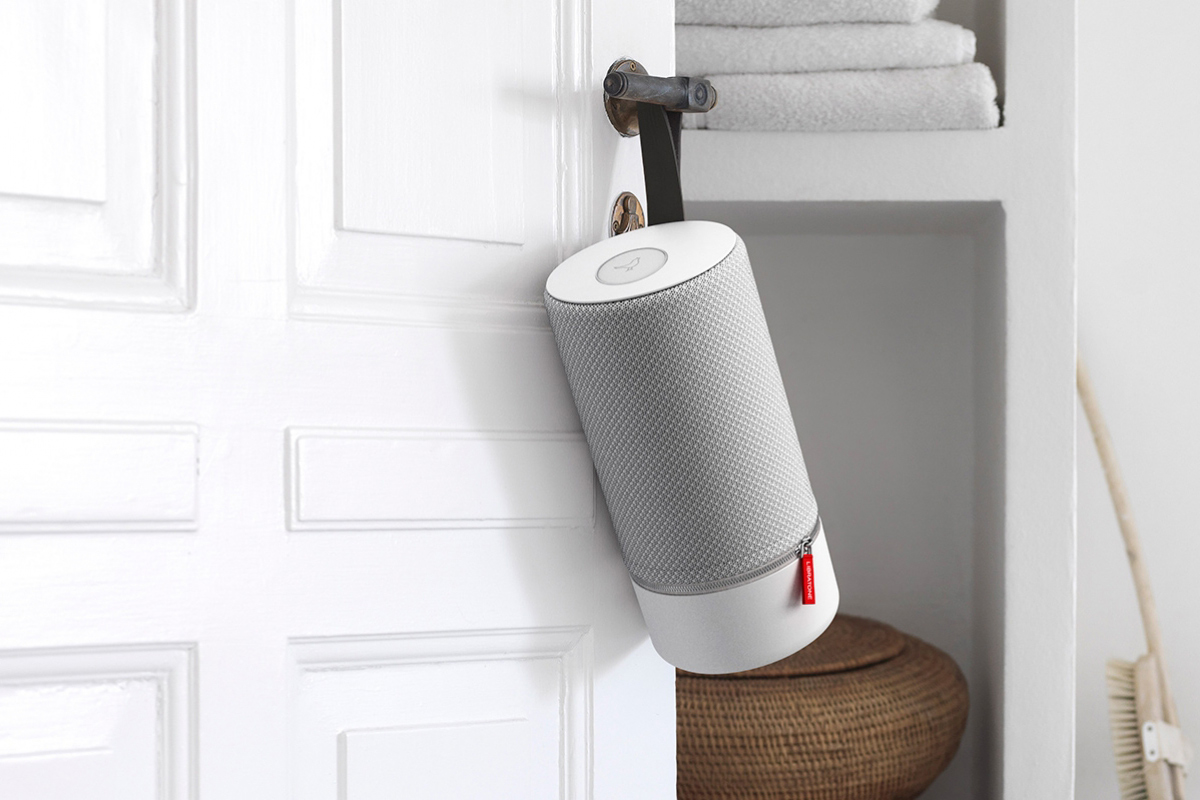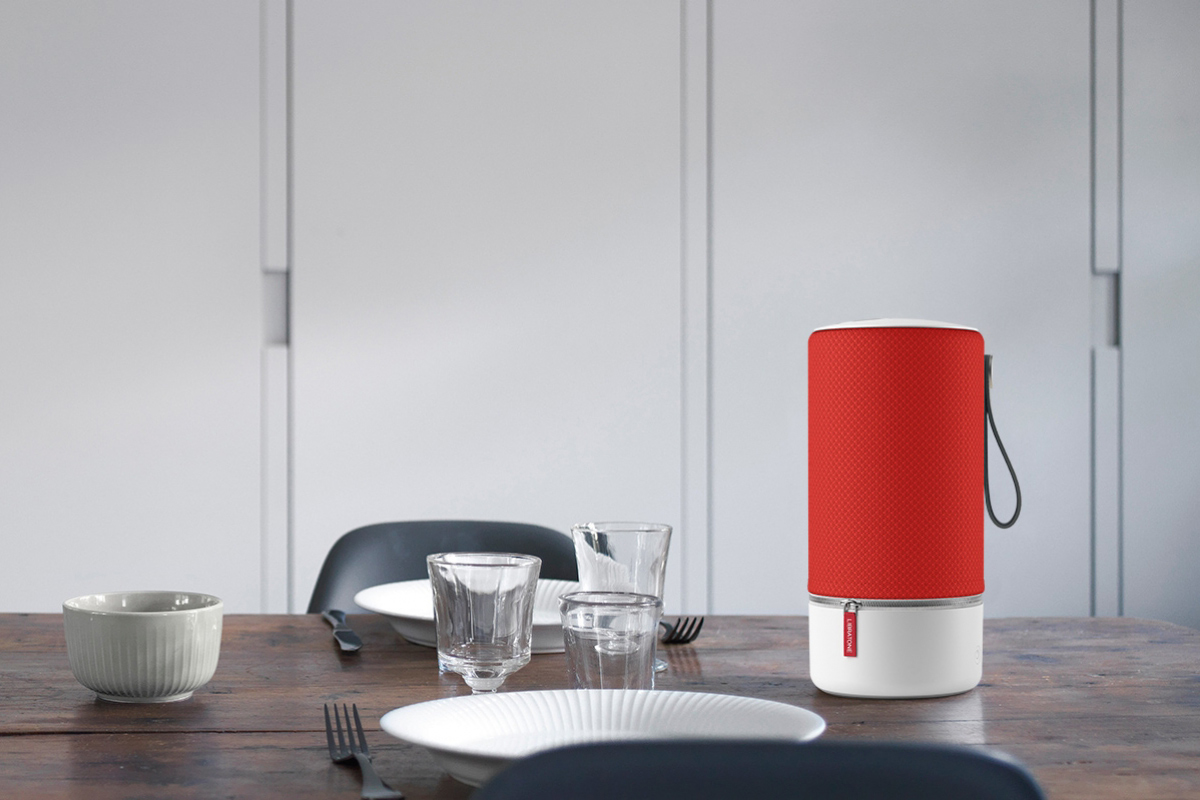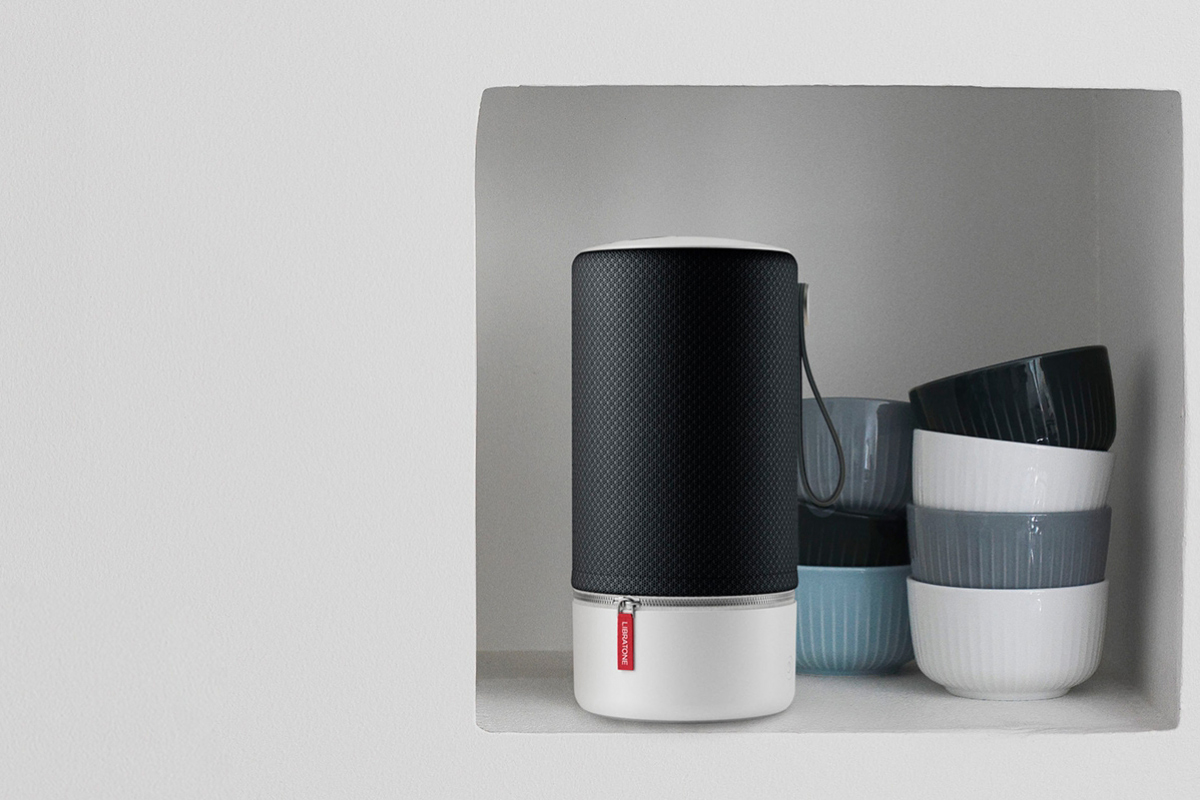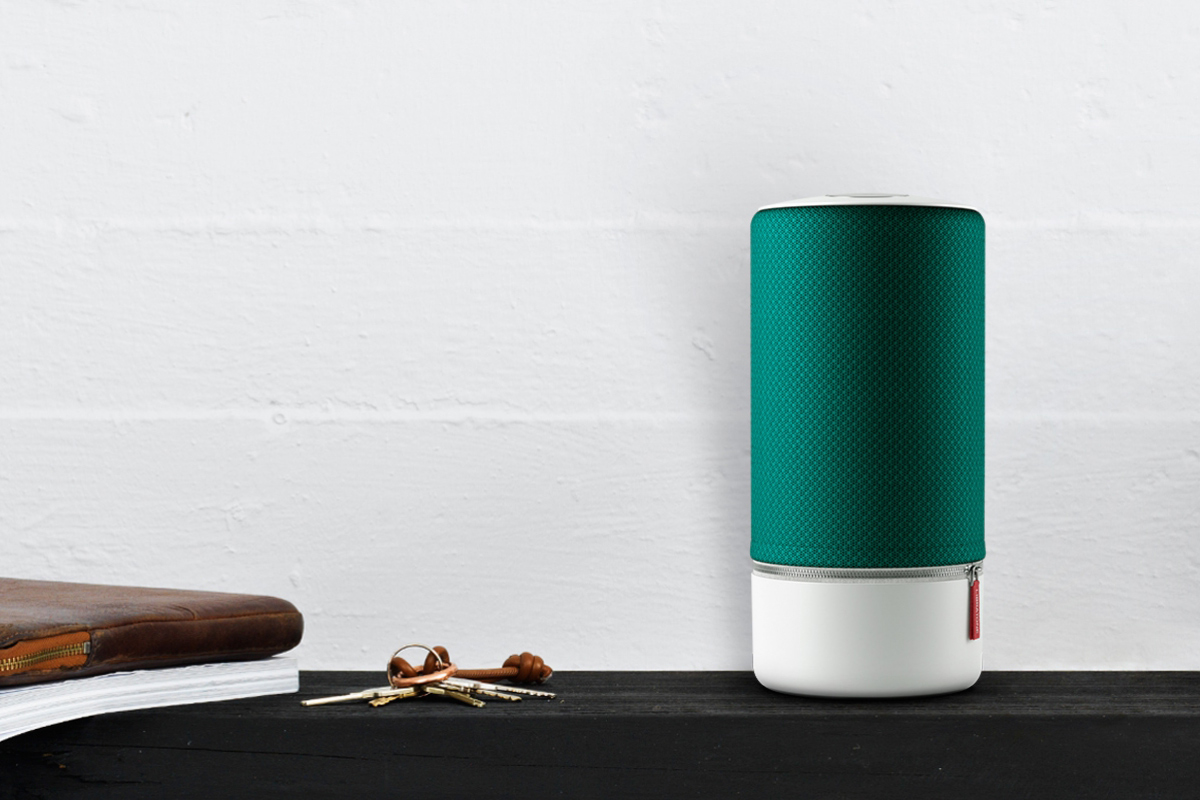The company has been silent for the past couple of years, but now they’re back with a new version of the Zipp speaker and the addition of the Zipp Mini, a more compact version. As expected, the speakers look a lot like something you might expect to see in an Ikea, but the features are as advanced as anything you’ll find in a playground that has grown quite a bit since Libratone last came out to play. As for sound quality? Well, we’ll get to that.
Like Sonos, but portable
Have you ever wished your Sonos speakers were portable? That’s what the Libratone Zipp and Zipp Mini are like, but with even more flexibility. Imagine all of the convenience and portability that you get from a Bluetooth speaker like the UE MegaBoom, but with the sort of simplicity and stability of a Sonos speaker — that’s the elevator pitch for the Libratone Zipp, and the Zipp Mini simply provides more of the same with a slightly smaller footprint.
If you’re around the home, you can choose to use Wi-Fi, and you’ll enjoy its superior range and be able to wander far from your speakers without any signal dropout. And if you’re away from home and need a Bluetooth speaker, the Zipp and Zipp Mini are happy to accommodate. A fan of Apple’s Airplay? Your covered there too.
Libratone’s app is perhaps the speakers’ most standout feature, however. The app makes pairing your device to the speakers, setting them up on your network, and operating them easy enough for the least skilled tech-novice. And once they are set up, there’s plenty more you can do. You can play multiple sources to individual speakers, play the same music on as many speakers as you want, or pair a couple of speakers for stereo performance, with on-the-fly balance control. The system supports up to six speakers per “SoundSpace,” and up to three SoundSpaces on a network.
For ease of use, I rate the Zipp and Zipp Mini 10 stars … easily one of the most user-friendly speakers I’ve ever tested.
Handy extra features
If you don’t want to carry around your device, or simply have a need to use the speakers’ on-board controls, Libratone provides enough to get you going. In addition to basic volume control, the speaker has five favorite presets so you can get music going immediately with one touch-sensitive press to the top of the speaker.
In addition to wireless playback, the Zipp and Zipp Mini will accept a 3.5 mm input and a USB input for direct digital playback (better sound quality). There’s also a USB port for charging your device.
Conveniently, the Zipp and Zipp Mini include a “hush” function that allows you to simply cover the round control dial on the top of the speaker to almost instantly mute it. Remove your hand, and the music comes back at the same volume it was originally being played at.
Both of the speakers also act as speaker-phones, so you can receive calls right on the speaker. The speaker will pause music automatically, then resume as soon as the call is ended.
Battery life is estimated to be around eight to ten hours for both speakers. Speaker covers are interchangeable, with four color options available at purchase, and a wide array of other colors available as additional jackets.
Finally, the Zipp and Zipp Mini are both designed around 360-degree sound dispersion. While this doesn’t do much for the classic sound stage and imaging you get with dedicated music-listening systems, it’s a lot more practical for everyday life. Place a speaker nearly anywhere within a room, and you’ll hear it equally well from any other point in the room. Naturally, placing the speaker near a corner will reinforce bass response. Speaking of which …
Sound Quality
Libratone clearly put a lot of effort into shaping the way its speakers sound, and while we find there’s plenty to admire, we’re going to stop short of giving them an unabated endorsement.
We’re fans of the bass response these speakers put out. In fact, we’re pleased with how big the Zipp Mini sounds next to its considerably larger counterpart, though we’ll admit the full-sized Zipp has a much fuller overall sound, as you might guess.
The Zipp and Zipp Mini include a “hush” function that allows you to simply cover the round control dial on the top of the speaker to almost instantly mute it.
Generally speaking the mid-range is fine. We found vocals sounded clear and intelligible, and they didn’t come off as overly colored, either. However, as we moved up in the mid-range band, we found that things started sounding flat or compressed — at this point in the frequency range, the speaker started sounding less three-dimensional and dynamic than we wanted.
The treble region is where most of our gripes lay, though. Here we find an unnatural amount of sibilant behavior, and a bit of harshness that others will write off as “crisp,” when in fact it is far from a natural sound. Not everyone will agree with our assessment here, and that’s ok. Different strokes for different folks, right? But for our money, we’d hoped for a little more depth, a little more detail, and a whole lot less nasality.
Conclusion
When it comes to features and aesthetics, Libratone’s Zipp and Zipp Mini speakers are remarkable achievements. We’ve seen so many others go after Sonos and so completely miss the mark on user experience that we have to give Libratone some added accolades here.
But when it comes to sound quality, we were left feeling a little bit flat. The sound quality has admirable elements, but when taken as a whole, it just isn’t our cup of tea. Perhaps it will be for you, though. That’s why the best advice we can give is to get your ears on a pair. Libratone is selling these speakers direct to customers on its website, and offers a risk-free, money-back trial period wherein they take care of return shipping costs if you decide to send them back. If they look appealing (and they should) and you find the sound quality to be to your liking, we can assure you you’re going to love owning the speaker(s) for many years to come.



